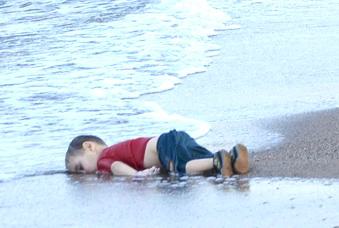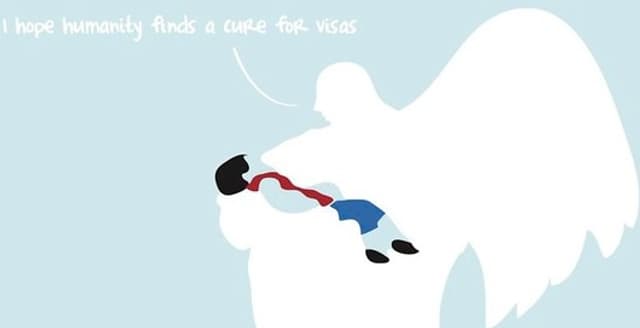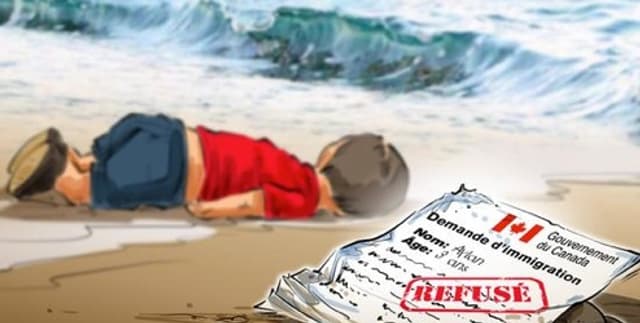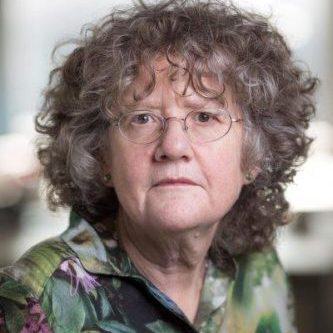It’s the picture not the frame
- Written by
- Lyndall Stein
- Added
- September 17, 2015

The tragic picture of Aylan Kurdi, the drowned child on a beach, is a vivid testament to the power of images to generate passionate responses. It has transformed the narrative around the world and delivered an extraordinary outpouring of empathy and action. Hundreds and thousands of people mobilised and showed their support for refugees by marching, campaigning and giving.
It challenges our own ‘rules’ not to use images of those who are dead and our concerns about images that might have an impact on the dignity of those portrayed.

However this imperative to build positive images can work against our determination to build support for people affected by poverty, displacement and conflict.
We are caught in a bit of a bind – worried that people on the one hand are losing interest in development and then unable to find the vivid and compelling visual images that communicate the problems.
Visiting the offices of some international development organisations you might think you are in an upmarket travel agent – the images all jollity and lovely landscapes. Is this the reality of inequality, poverty and war?
The Independent has taken the decision to publish these images because, among the often glib words about the ‘ongoing migrant crisis’, it is all too easy to forget the reality of the desperate situation facing many refugees.
 View original image
View original image
We have a responsibility to bear witness; to reach into the hearts of our audiences and bring them closer to the appalling experiences of people living with poverty, oppression and violence.
Those who have seen, at first hand, the horror that a mother experiences when her child is near death because of malnutrition, who have seen the pain and terror of those affected by disease and the effects of brutality and war must continue to find ways to tell those stories to the world.

Most people have their own worries and concerns and need to have these visceral realties brought home to them with real passion.
Compelling photography has to cut through inertia and indifference and turn emotion into positive action; to achieve this we must use vivid, truthful, bold images
Important, relevant pictures, critical agents for change can be difficult and upsetting, we must not sacrifice the power of an image that is telling a story that matters and turn it into something well meaning but bland.
The iconic images, so essential to communicating brutality, inequality, conflict and poverty, cannot at the same time be expected to build a comfortable and positive narrative. We have to show the problem and the solution. We have to show people’s strength and power, but also the forces that undermine their potential.
Some of the most exceptional photographs I have worked with have been finely balanced and complex. They have communicated jeopardy, empathy and passion and have driven strong emotions: anger, compassion and even outrage. They have shown both tragedy and heroism.
The critical challenge for all of us working with images is to understand your message and your audience. We must work with great photographers, who understand the story, share our values and will work bravely to describe both the courage and resilience of poor people but also their suffering and their pain. We must have the courage to tell the truth however painful and uncomfortable.
The transformative impact of Aylan’s picture cannot be underestimated in changing the image of those seeking refuge. Its use, sanctioned by his bereaved father, shows us all the horrors the refugees endure with such courage in their search for safety and sanctuary.


















